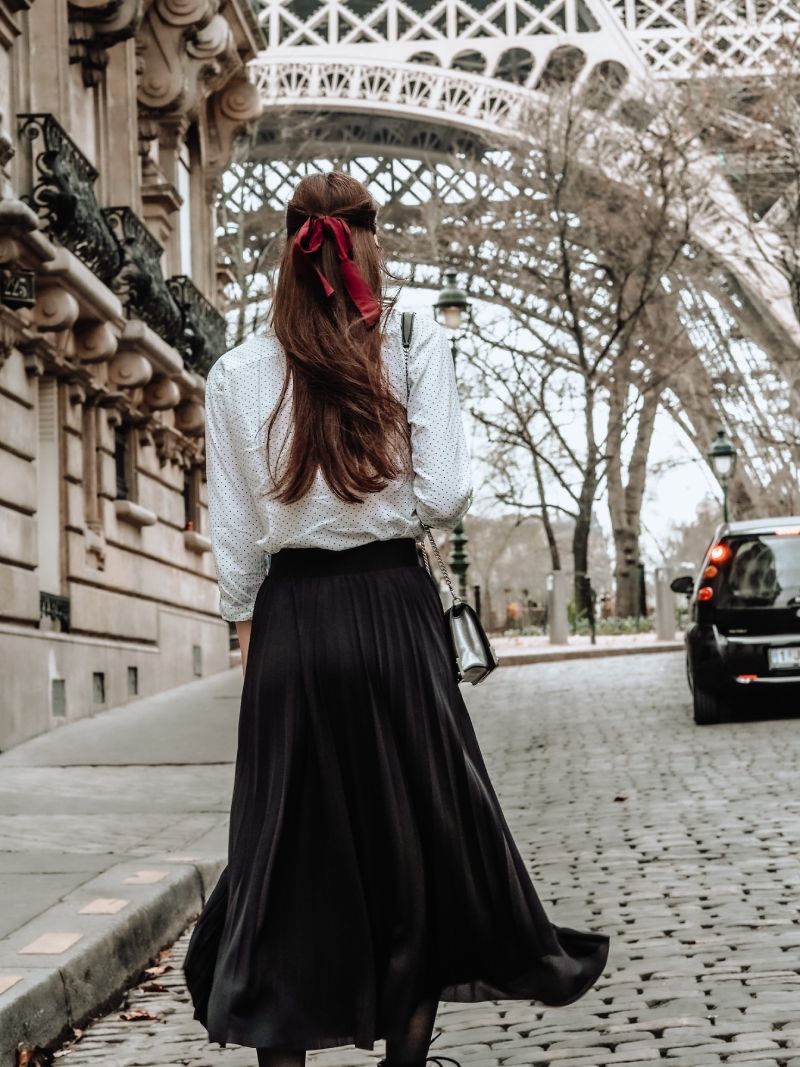“In order to be irreplaceable one must always be different.”
-Coco Chanel
The name Coco Chanel is instinctively associated with fashion, simplicity, class, elegance, and timelessness. But why is she one of the most influential female fashion designers so many of us look up to today?

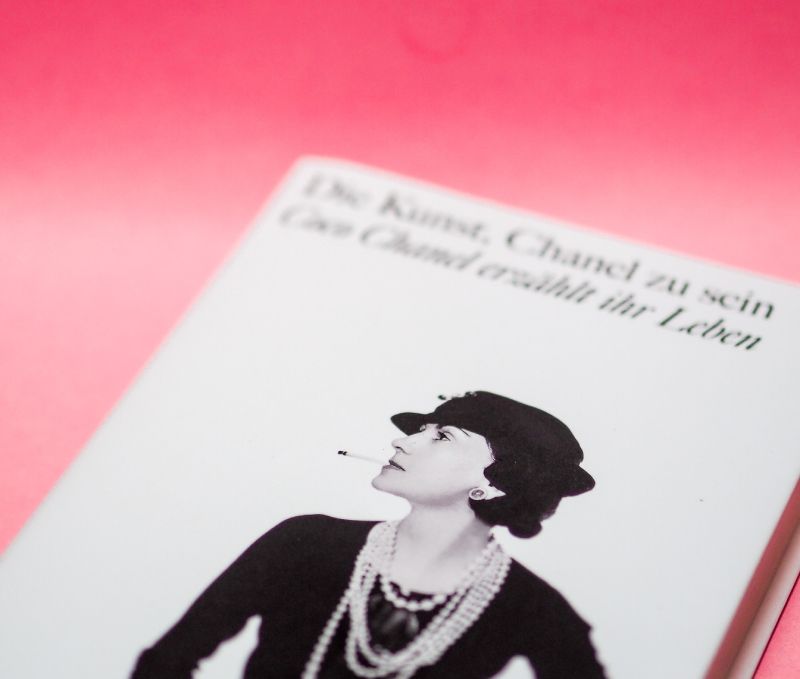
Chanel Opened up New Doors for Women
It goes without saying; Gabrielle Chanel did many things differently fashion-wise and had a major influence on women’s rights. She encouraged women to be confident and find happiness on their own terms.
What are Coco Chanel's achievements?
In 1910, with the help of Arthur "Boy" Capel, Coco Chanel opened her own millinery shop called "Chanel Mode" on 21 Rue Cambon.
This initial venture was limited to millinery, but she wanted to expand. In 1913, she relocated to Deauville in Normandy, where she was able to launch a ready-to-wear line tailored for the more active ladies in Normandy. This move was quite successful and contributed to her growing fame.
Even during World War I, Chanel's business continued to thrive. She became a highly sought-after designer in France, and by 1915, she had expanded to include a Couture collection in Biarritz, employing over 300 people. By the end of World War I in 1918, Chanel had opened her famous store at 31 Rue Cambon.
She turned her innovative ideas and skill into a successful business and transformed herself into an iconic brand we all know today.
She influenced fashion forever by mixing women’s and men’s wear. Inspired by her love for horse riding, she introduced pants in women’s clothing. Moreover, she cut her hair short, a hairstyle that was limited to men at the time.
Coco Chanel made her iconic clothing with the working woman in mind. Constrictive womenswear such as corsets popular in the 20th century became loose, comfortable, and easy to move in.
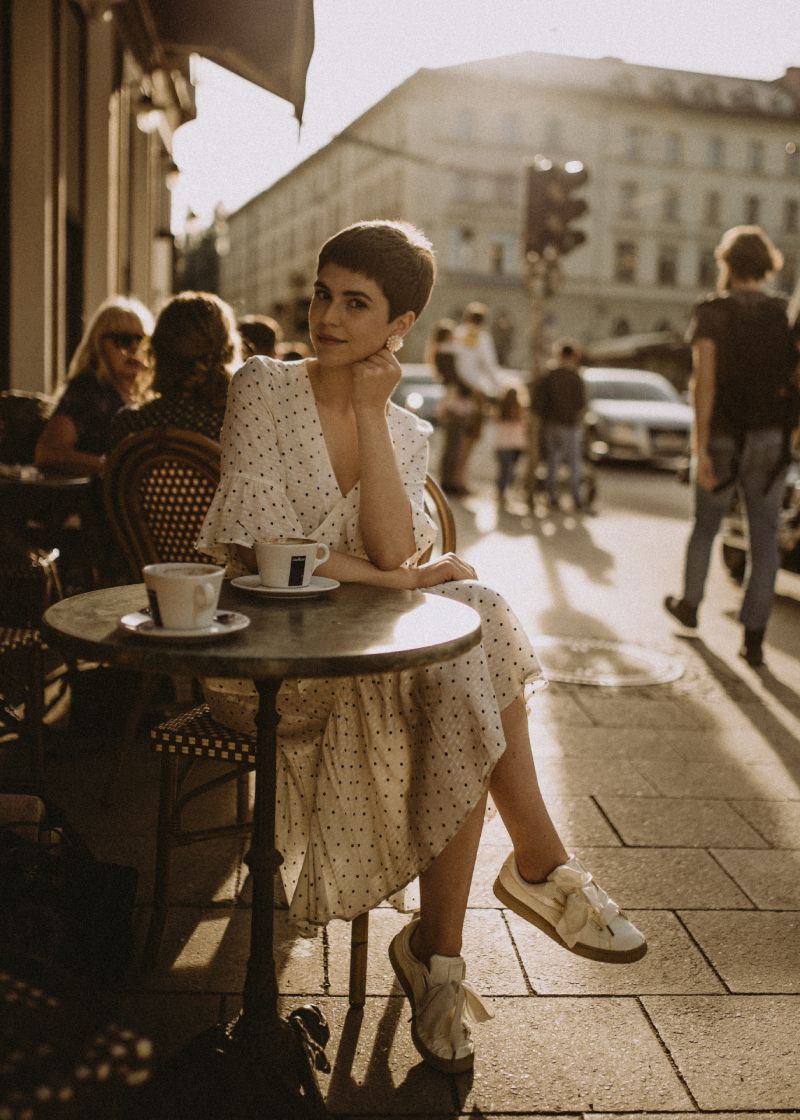
Elegance, Style, and Simplicity
Coco Chanel built her wardrobe on a few simple principles: black and white garments, simple and elegant dresses, fabulous shoes, and an overall polished look.
Chanel's design evolved over time to include more masculine elements, like military detailing, traditionally masculine colors, and materials such as leather and quilting.
These elements have since become iconic for the brand. In 1921, Chanel diversified her offerings by launching Chanel No. 5, a perfume that would become one of the most famous in the world.
Chanel also branched into jewelry, introducing a range dedicated to the diamond as a fashion accessory in 1932. In 1937, the brand expanded into a petite range.
At this point, she was the most famous and financially successful designer in the world. However, she faced competition from designers like Elsa Schiaparelli, which led to some decline in her influence in the fashion world.
She encouraged women to be stylish and take care of themselves but never to sacrifice comfort.
Elegance, simplicity, monochrome colours, and well-fitting clothes are what made her, and her brand stand out. That is also summed up in one of Coco Chanel’s popular fashion quotes “fashion changes, but style endures.”
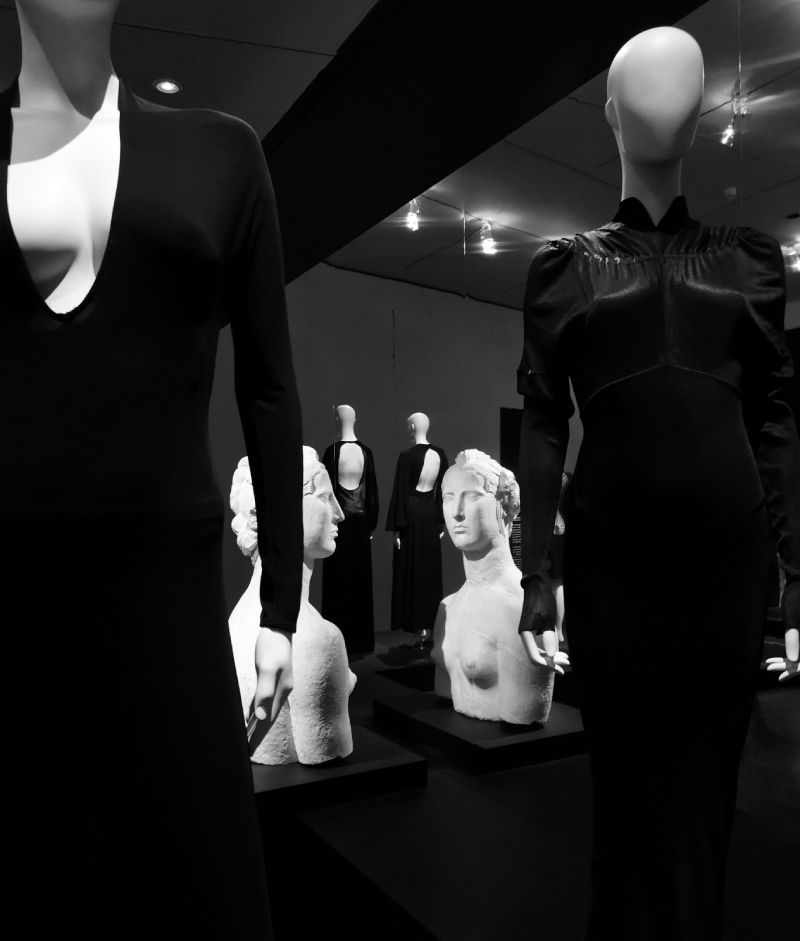
Timeless Fashion Garments
The simplicity of her designs is visible in her iconic little black dress (LBD), an essential piece of every woman’s wardrobe today. It kept its significance nowadays because of its versatility and safe choice for any occasion.
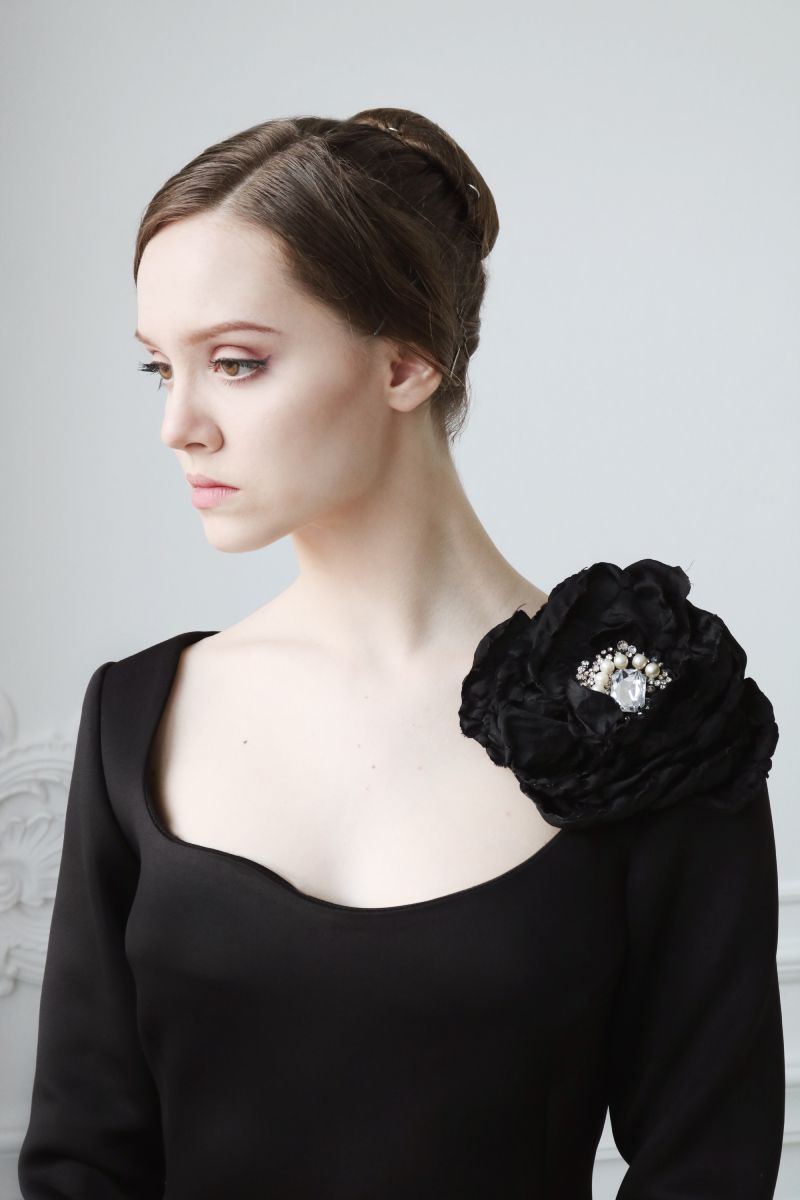
The Chanel suit, typically made out of tweed is the garment that is an integral part of the Chanel fashion brand. It came in different variations throughout the years, but it kept its iconic base.
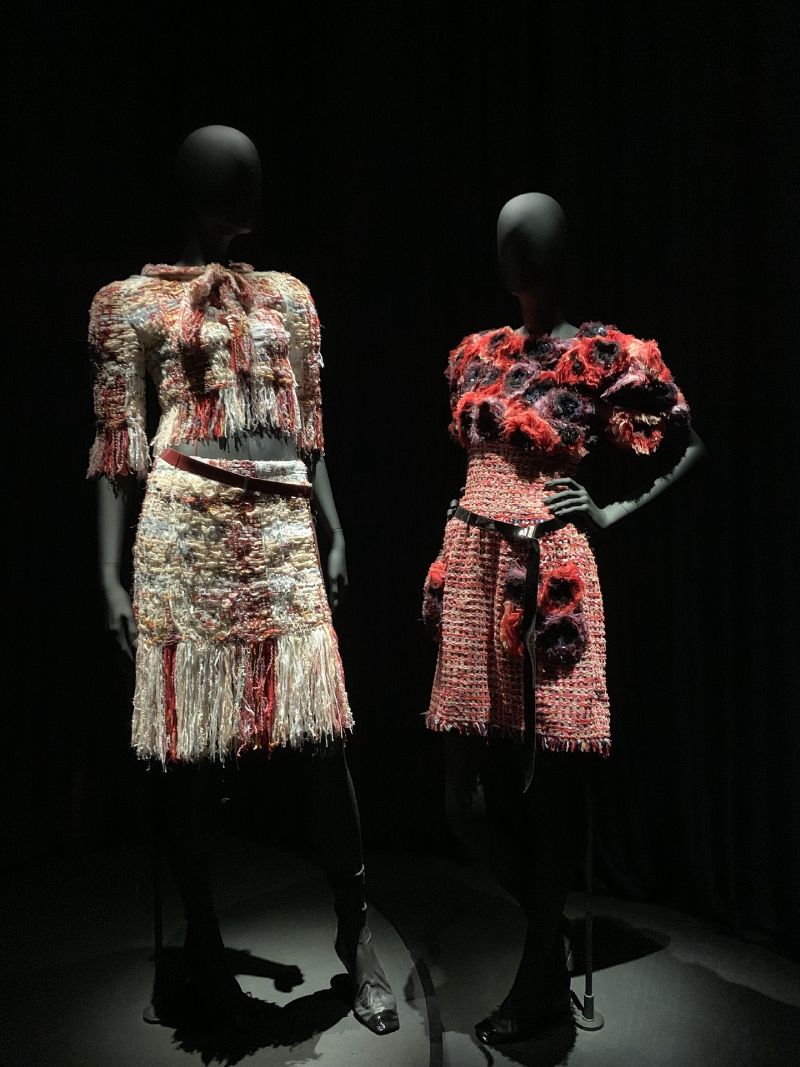
The Chanel bag, with its signature Coco Chanel logo, soon became the status symbol of the elite. Available in many colours and styles, it kept the original chain she introduced to this popular fashion item.
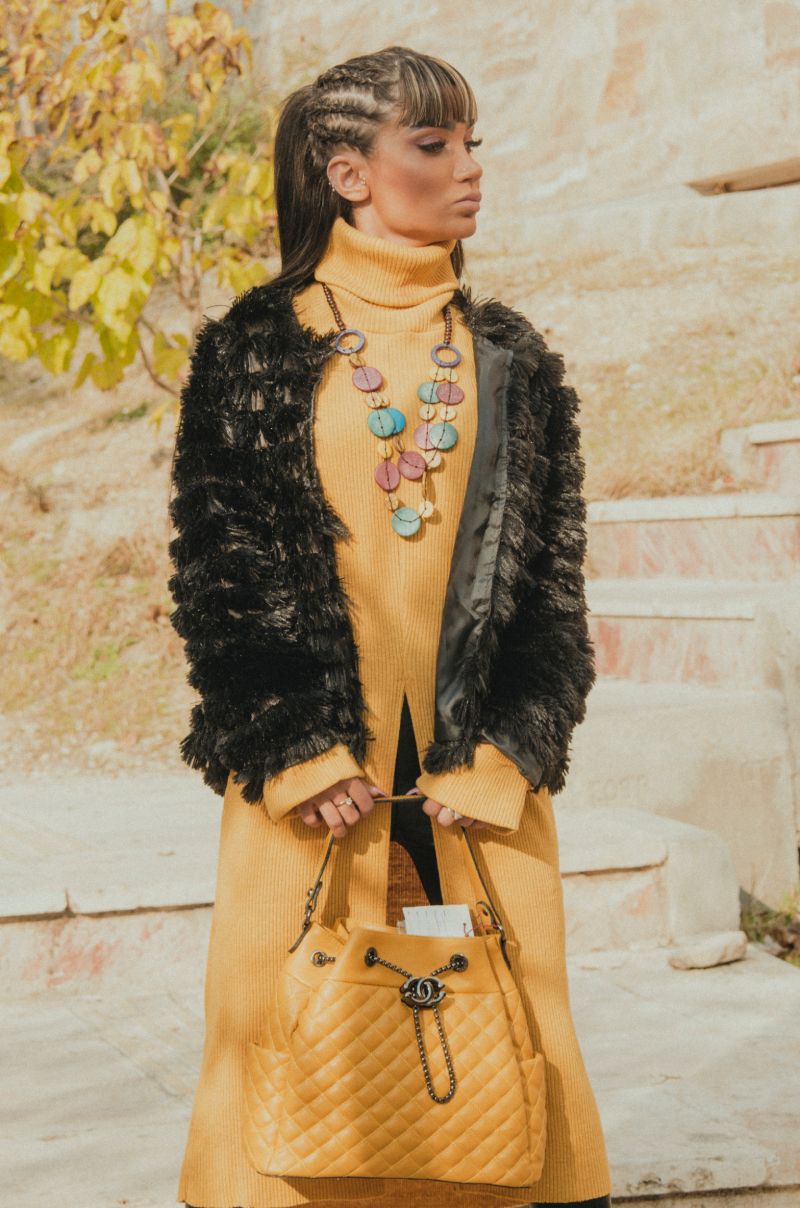
Coco Chanel was also passionate about fragrances.
On one occasion, she even said that “a woman who does not wear perfume is a woman without a future”. Chanel number 5 is one of the most iconic and popular fragrances in the world. It is joined by popular fragrances like Coco Chanel Mademoiselle, Chance and Coco Noir.
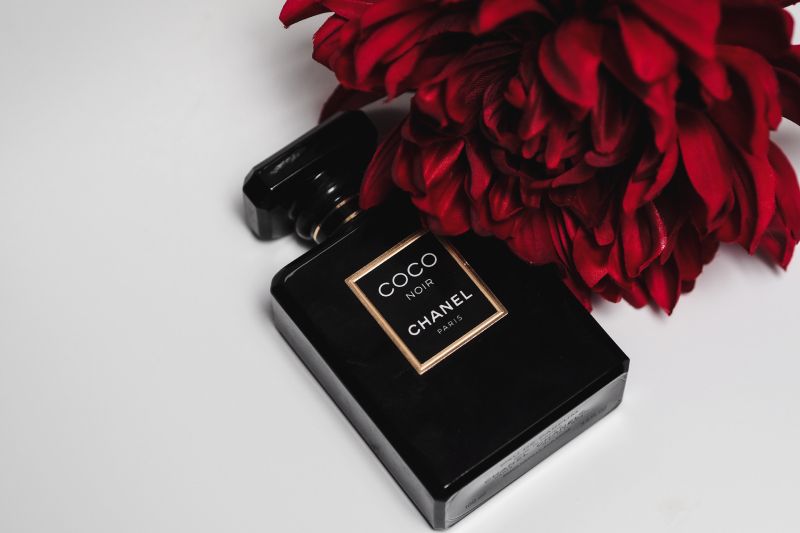
Another symbol of her timeless design is the camellia, the flower she would attach to garments and her hair. The flower itself symbols longevity.
The Coco Chanel brand is composed of these recognisable pieces in its fashion shows nowadays. Just as Coco did back in the day, Chanel today adapts to the style of the modern woman. The question is not who Gabrielle Chanel did influence but who she didn’t.
The Legacy of Coco Chanel
The Chanel brand is not only linked to class, fashion, and timelessness but also to luxury and elitism. Her origin story is connected to working women and casual clothes. However, in time her clientele changed as she expanded her work to couture.
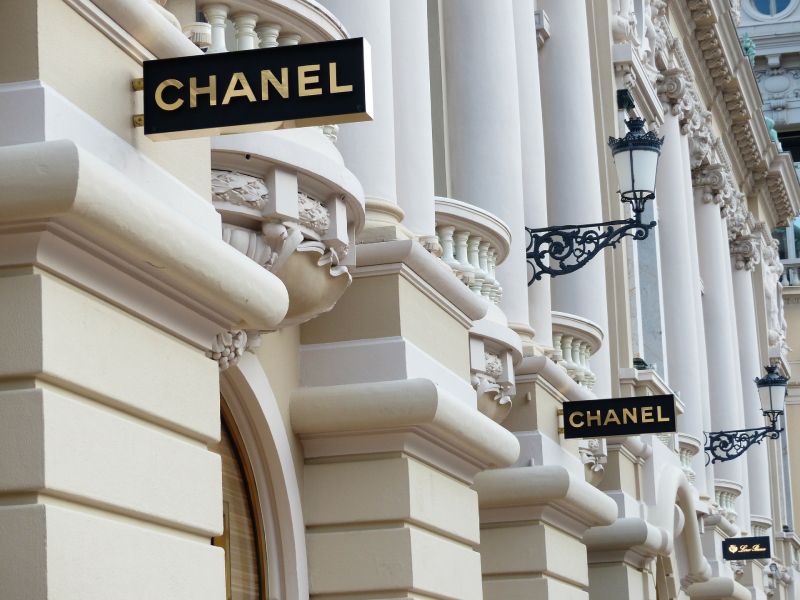
Coco Chanel expanded her brand of clothing to one of the most recognisable perfume and make-up brands in the world. Nowadays, you can purchase everything to look polished with the iconic logo with opposed CCs on it.
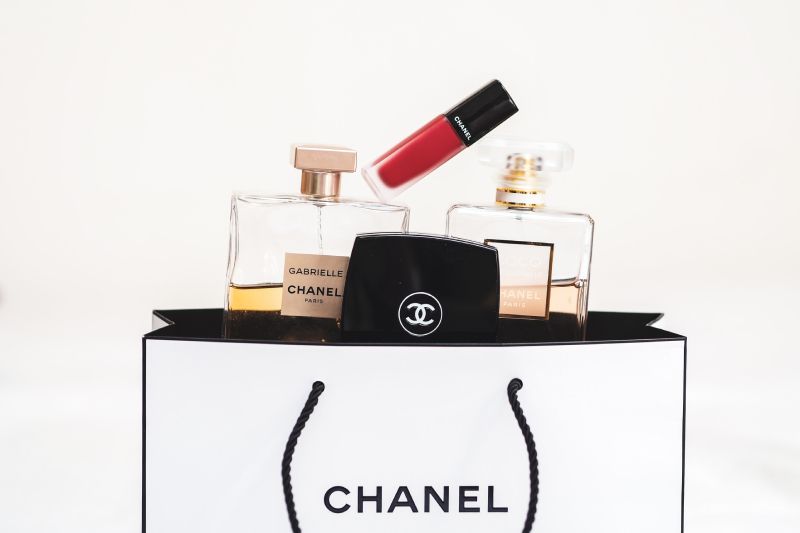
Another fashion icon, the late Karl Lagerfeld, is connected to the Chanel brand.
Chanel saw considerable growth, thanks in part to Karl Lagerfeld, who took over as chief designer in 1983. Lagerfeld was known for being inspired by Chanel's past designs, such as tweed, gold chain detailing, and leather, which he incorporated into his collections. He also redesigned the Chanel bag, making the Chanel Double Flap bag one of the brand's most successful products.
Chanel's shows during the Lagerfeld era were known for their grand set designs and were highly influential in the fashion world. Lagerfeld's talent lay in maintaining Chanel's consistent brand identity while bringing new life and interest to the brand.
Following Lagerfeld's death in 2019, Virginie Viard took over as Chanel's creative director. However, her initial collections were met with mixed reviews, with some critics finding them uninspiring. Chanel's fashion line was criticized for not evolving or offering fresh, creative designs.
There were concerns about Chanel's product quality and price increases, especially in comparison to its competitors. Chanel's image was seen as consistent but stagnant, lacking the innovation that Lagerfeld had brought to the brand.
The brand's creative and commercial direction became a topic of discussion and criticism in the fashion industry.
This lack of creative innovation and decreasing product quality had an impact on Chanel's sales, which began to decline.
Despite this, the brand remains financially successful, but there is growing awareness of these shortcomings. It remains to be seen whether Chanel will address these concerns and continue to thrive or face further criticism in the future.
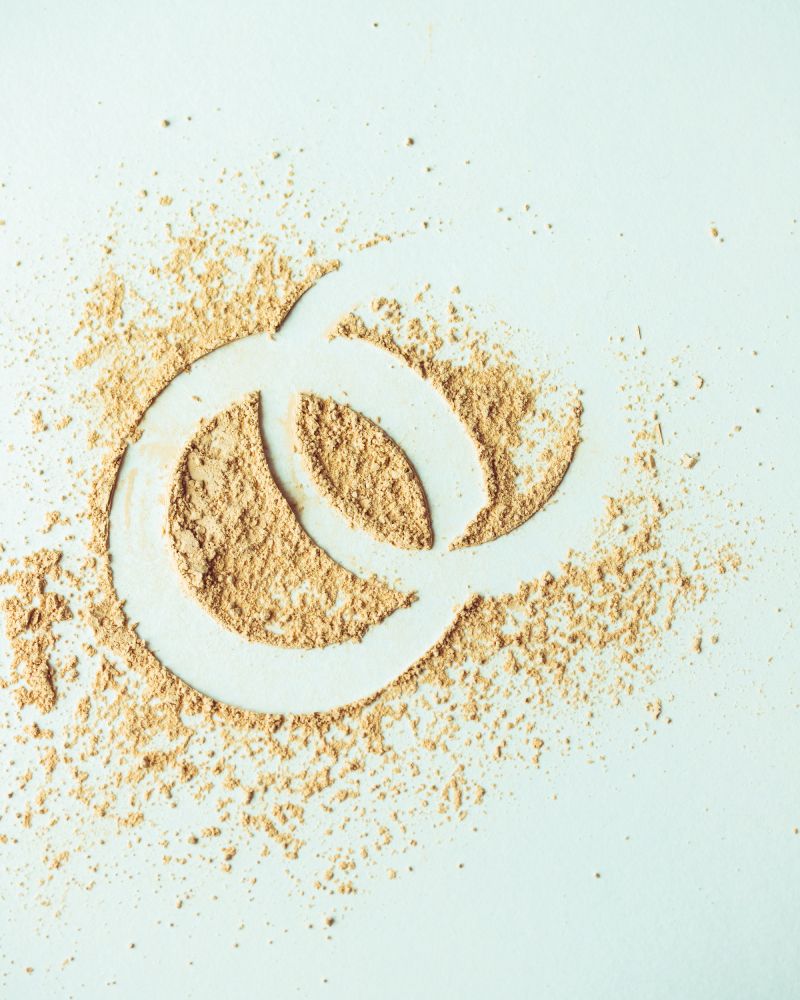
Final Word
Coco Chanel not only influenced fashion in the 1920s but women and men at the time as well. After she freed women from corset, there was no going back.
The world will always remember the iconic woman behind the Chanel brand, and women are forever thankful for her pushing the limits of what they can and cannot be.
And whatever they do - they do it in style.
